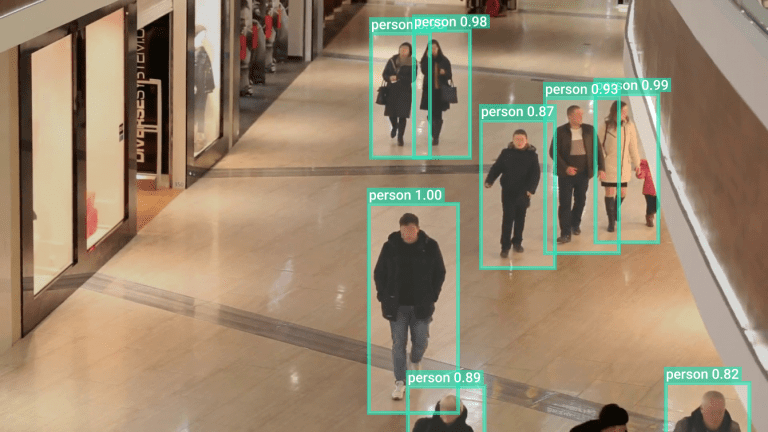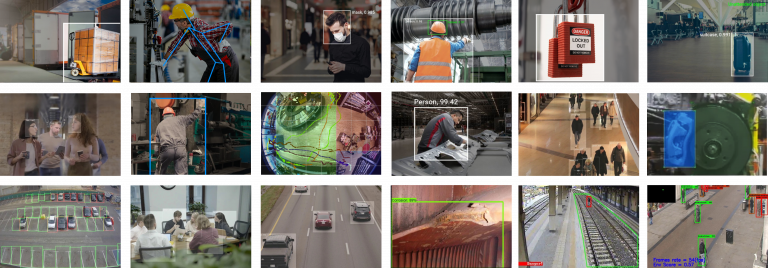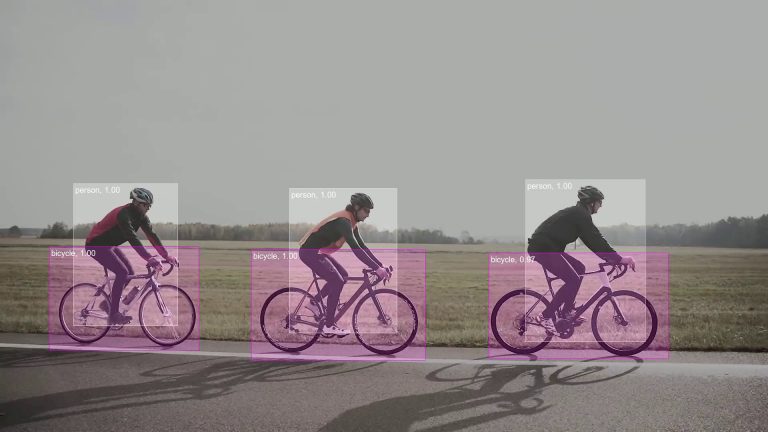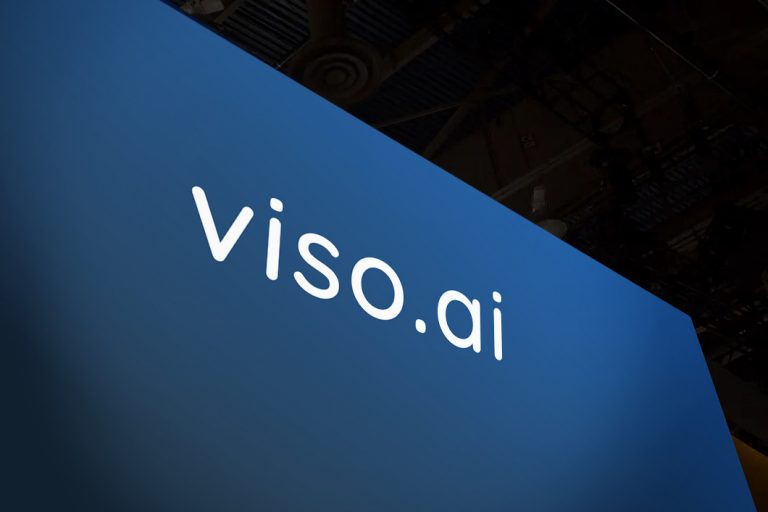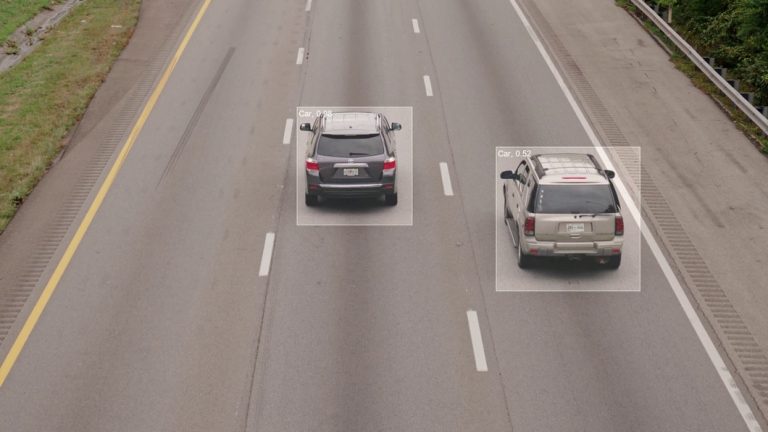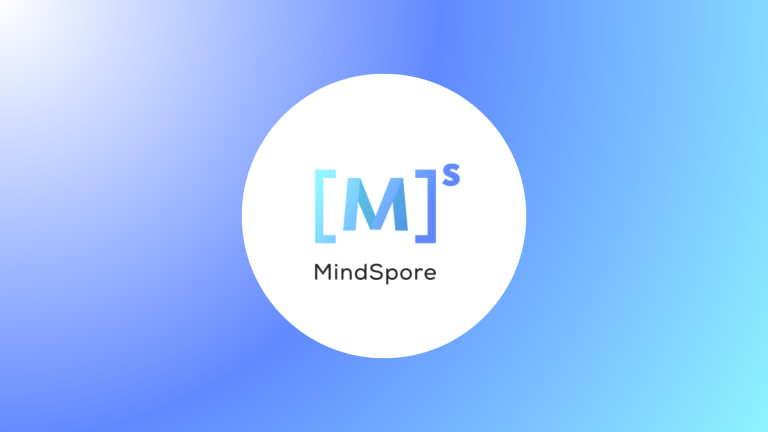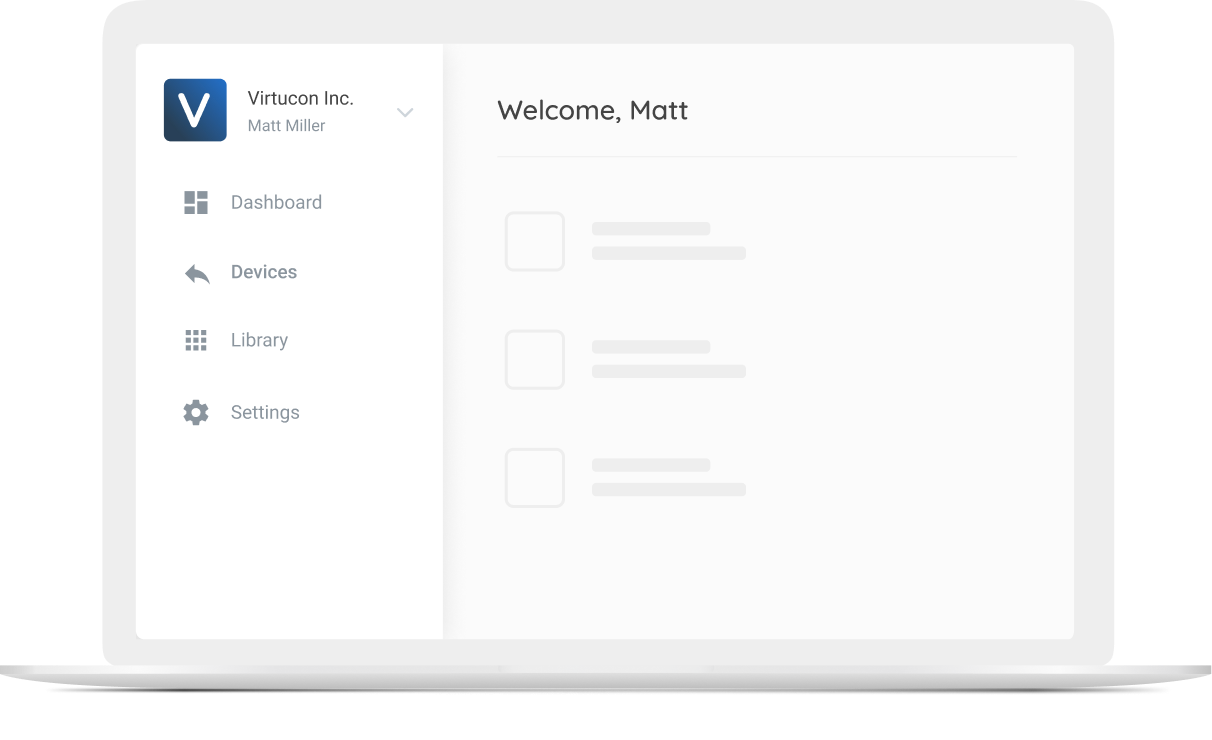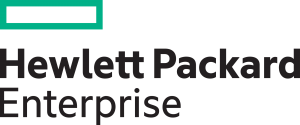In this article, you will read more about Google Coral and how it enables on-device Edge AI with its TPU (Tensor Processing Unit) computing capabilities. Particularly, you will learn about:
- Purpose and what it is
- Using Google Coral for Computer Vision
- Advantages and benefits
- Examples of real-world applications
What Is Google Coral
Google Coral is an edge AI hardware and software platform for intelligent edge devices with fast neural network inferencing. Coral is Google’s initiative for pushing into Edge AI, with machine learning devices that run without a connection to the cloud.
The Coral devices are based on the Edge TPU co-processor (Tensor processing unit), a small ASIC (application-specific integrated circuit) from Google. The Edge TPU was specifically designed to power state-of-the-art neural networks at high speed, with a low power cost.
Using Google Coral for Computer Vision
Google Coral devices can run machine learning models for Object Detection, such as TensorFlow, to detect objects in video streams. A pre-trained AI model can be deployed to the device, using a local video camera as the input. The Coral Edge TPU will detect objects locally without having to stream the video to the cloud.
Google Coral offers two main AI hardware and accelerator products that are optimized for Edge Intelligence Solutions, especially AI inferencing on the edge:
1.) Computing Device: Single-board computer
A standalone Development Board which includes the System-on-Module (SoM) and is a ready-to-use edge computing device.
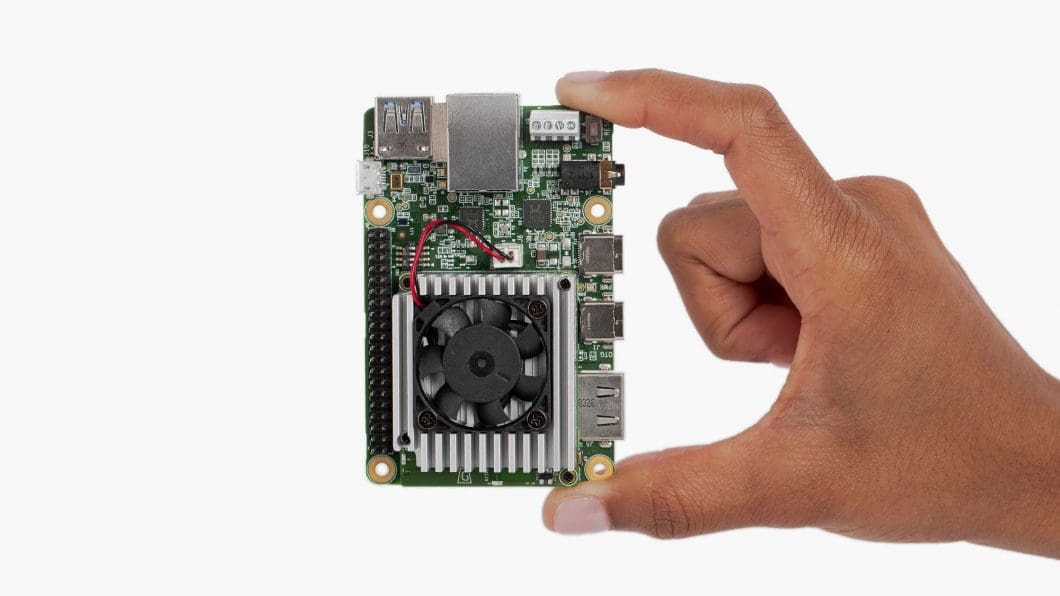
2.) AI Accelerator Module: USB accessory
A separate TPU accelerator device that can be connected to a PC through USB (USB stick), PCIe, or M.2. connector (Module).
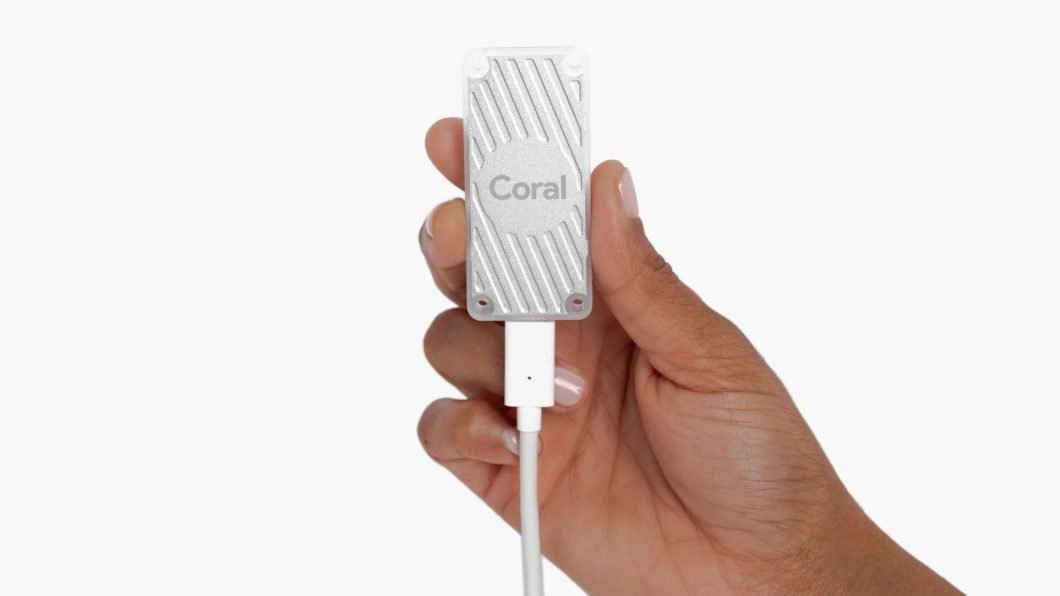
Advantages and Benefits of Google Coral
The Coral Edge TPU boards and self-contained AI accelerators are used to build and power a wide range of on-device AI applications. When using Google Coral for Computer Vision projects, many benefits come with its Edge TPU Technology.
Overall, the scalability is based on an excellent cost/performance ratio. This is essential to build AI inferencing solutions in the field, with many distributed devices in a challenging setting (temporary power and network constraints).
- Privacy-preserving: The Edge AI capabilities allow the processing of visual data locally without streaming it to the cloud. Hence, user data can be kept private, which is critical, especially for powering AI vision applications in the EU or US.
- Low-power usage: The small single-board computers or USB modules require very little power compared to rather power-hungry GPU chips. For example, the Google Coral USB accelerator is powered by 5 V directly from the USB interface.
- High-performance edge ML acceleration allows for fast inference speeds for embedded devices. In addition, AI inferencing for low-power devices enables the use of Edge AI hardware to power large-scale AI solutions.
- Offline capabilities allow the use of Google Coral hardware in the field where connectivity is limited. However, most edge AI devices are able to provide offline capabilities (built-in storage and robust auto-rebooting capabilities).
- Good Cost per FPS ratio due to the relatively low price for such edge computing devices compared to alternative AI hardware. The USB accelerator costs between 60 and 75 USD and the single-board computer Dev Board is priced at around 130 USD.
Examples of Real-World Applications With Google Coral
The Google Coral AI hardware can be used to power a wide range of AI inference applications with Tensor processing units (TPUs). The most popular use cases of Coral TPUs are based on computer vision and visual deep learning on the edge.
- Object detection: Detect objects and people (using face recognition) with a real-time video of a camera.
- Pose estimation: Estimate the poses of people or objects based on the detection and tracking of key points.
- Image segmentation: Identify various objects and their location on a pixel-by-pixel basis of a video stream.
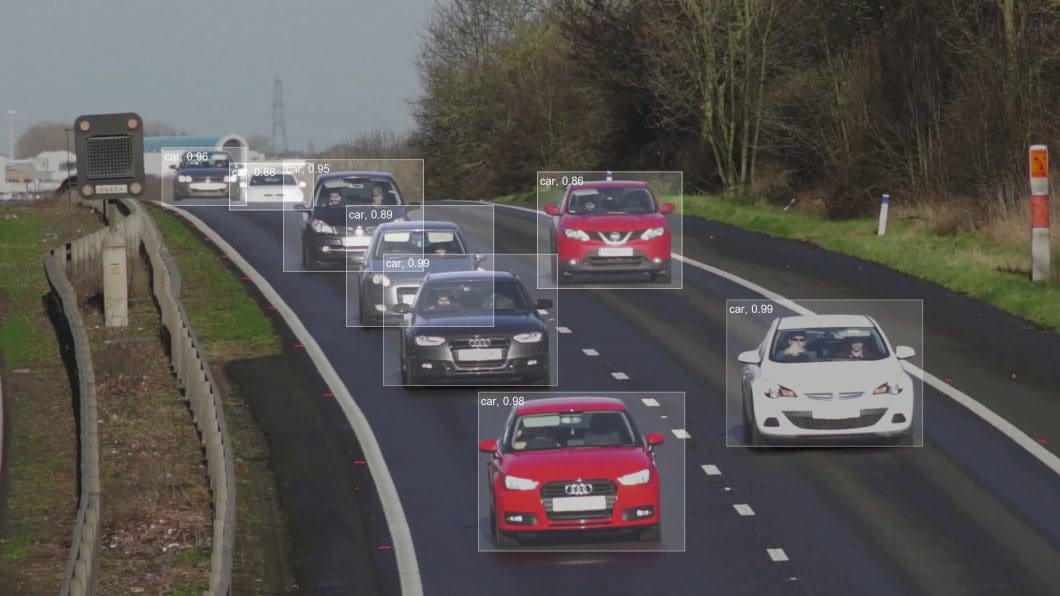
What’s Next for Google Coral
Read more about what you can do with AI hardware and AI accelerators such as the Google Coral TPU.
- What you need to know about Edge Computing
- Read about real-world computer vision applications in 2022
- Visit our beginner’s guide about computer vision
- Recent trends about Privacy-preserving Deep Learning
- Learn about Artificial Neural Networks (ANN)
